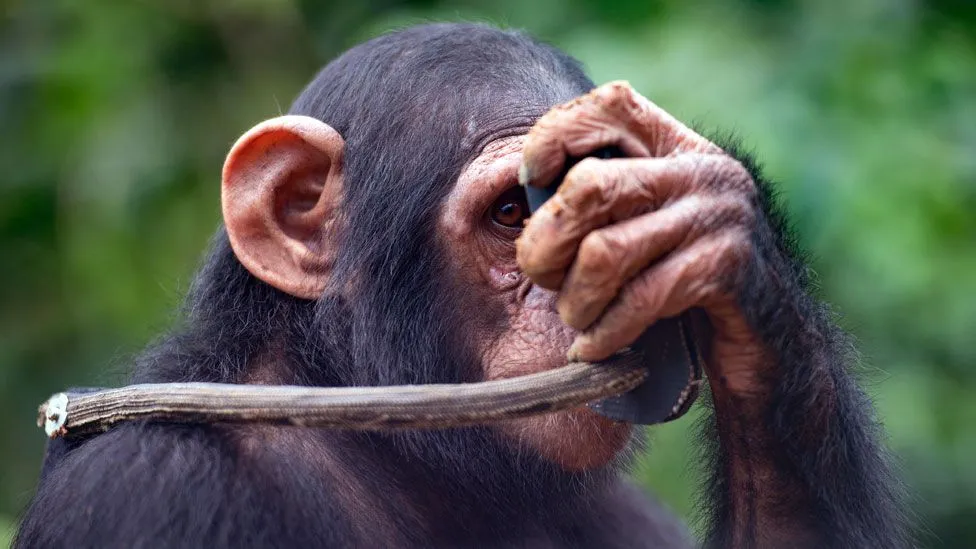
Rees says the main benefit of such equipment is that it lets audiences into territory they won't have seen before.
"We can't go down into burrows, high into the air, deep under the sea - so it's a lot to do with access," he says.
BBC producers offered to share technology and footage with scientists who were already studying a particular species.
In most cases, the cameras were fitted by scientists who were already used to handling those animals. But a few animals had to be sedated in order to attach the cameras.
"Animal welfare was extremely important for us," Rees says. "The last thing we want to do is cause them distress. To follow an animal in the first place, there had to be a clear benefit in terms of knowledge about it that might be useful to protecting a species in the future.
"The scientists had to be comfortable that disruption was kept to a minimum."